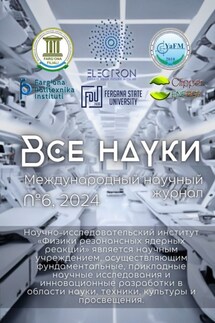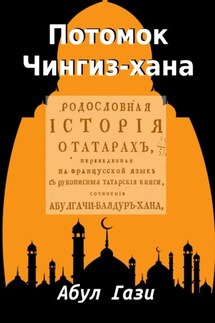Все науки. №6, 2024. Международный научный журнал - страница 15
In this way, it is possible to approach thermonuclear reactions. In such reactions, the fusion of light nuclei leads to the conversion of the excess mass of the original nuclei into energy, since the total mass of the merged nuclei is greater than the mass of the resulting nucleus-the reaction product.
From this it can be concluded that the nuclear fusion reaction of the initial nuclei must have a relatively large kinetic energy, because they experience a rather powerful electrostatic repulsion when passing from their side of the Coulomb barrier. According to the molecular kinetic theory, their kinetic energy can be represented as the temperature of the entire substance, therefore heating will lead to an increase in the kinetic energy of the composite particles and their fusion. This is how nucleon synthesis develops in the bowels of stars with the formation of new nuclei under enormous temperatures.
In particular, the fusion reaction of protons and helium nuclei occurs in large quantities, and as a side result, other isotopes of substances are formed, including deuterium and tritium, as isotopes of hydrogen. And finally, the last type of nuclear reaction is a photonuclear reaction, in which case a gamma quantum is absorbed with sufficient energy to excite the nucleon composition, that is, the nucleus, so that it becomes composite, that is, it can be considered as such, and also releases a different structure from itself, or decays.
Если вам понравилась книга, поддержите автора, купив полную версию по ссылке ниже.
Продолжить чтение






